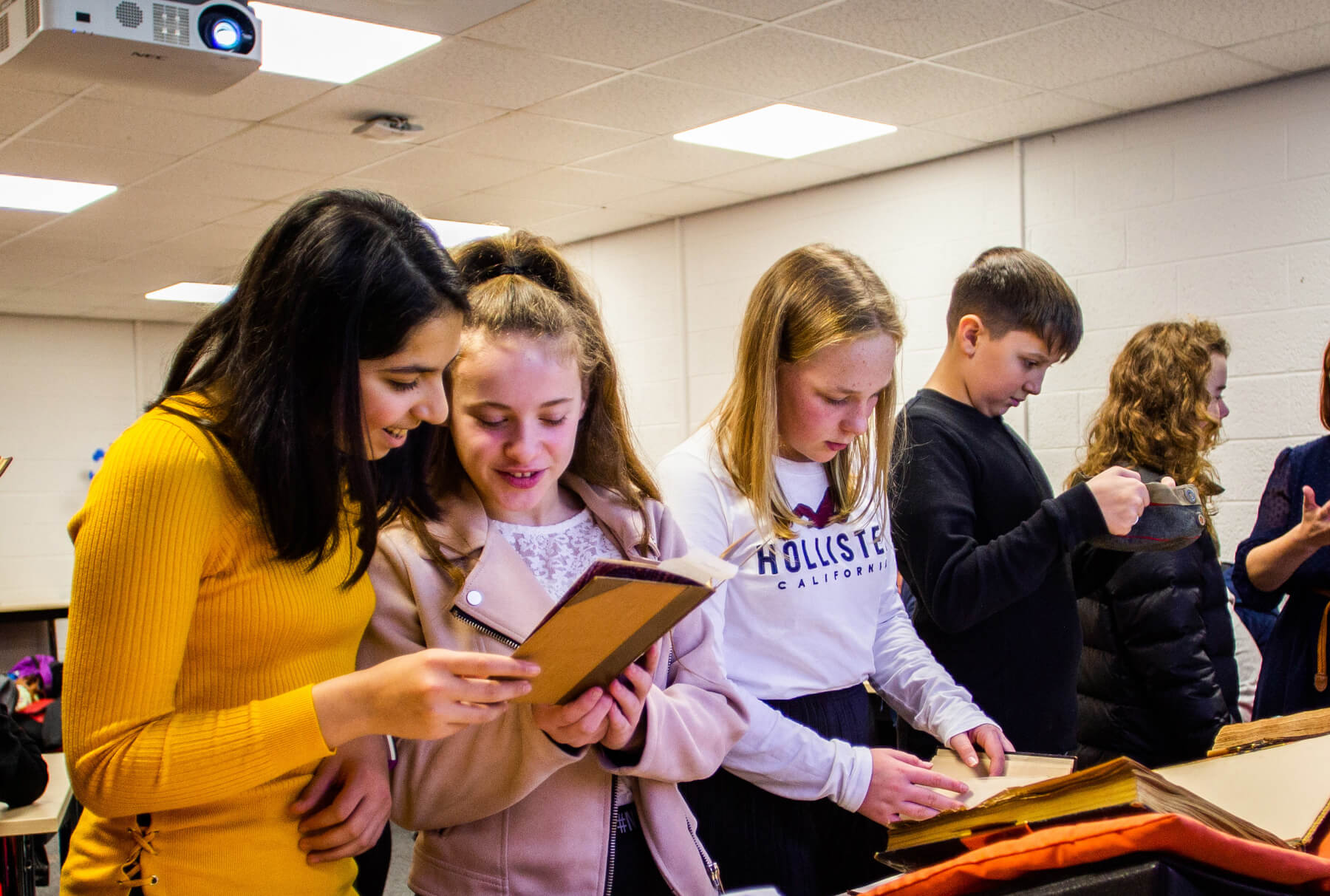The 'Take One' Picture Approach
The 'Take One' Picture Approach
The ‘Take One Picture’ approach is based on the National Gallery’s Take One Picture programme.
It involves students leading the learning and undertaking a project or enquiry based on one original image.
The Take One Picture approach has 4 stages:
- Looking – this involves the students looking carefully at the image.
- A variety of approaches can be used to get them to do this including using thinking routines such as ‘I see, I think, I wonder to get them to leap into the picture.
- Ask the students to use their 5 senses to describe what they can see, hear smell, taste and touch.
- Allow the students to study the picture by getting their eyes to a walk around the picture (top, bottom, left, right middle, corners, as far as the eye can see, foreground, background) or creating a map from memory.
- Questioning – this can involve you asking the students questions and also the students coming up with their own questions about the image.
- Ask the students to vote on something- e.g. do they agree/ disagree
- Ask the student to use their imaginations e.g.– what has just or is about to happen?
- Allow the students to ask questions (the 5Ws can be useful for this)
- Introduce background information and see if that changes their viewpoint
- Use role play to explore feelings, emotions, etc. at the time/before/after
- Ask different types of questions e.g. Challenging questions (e.g. What is the over-arching question or purpose of document or image? Does anyone disagree? What might be a different opinion?) and extension questions (e.g. can you say a bit more? Why? How is it similar/different?)
- Lines of Enquiry – this involves the students working with the teacher to use the image to come up with different ideas for topics or issues they could explore
- Outcome – this involves the students working with the teacher to decide what the ned product of the project will be (e.g. a letter, a play or performance, a stop motion animation, a model, a piece of poetry etc.
How to use the 'Take One' Picture Approach
To use this approach, select an image (such as this one from Newcastle University Special Collections) and ask your students the following questions:
Look carefully at this image.
- What do you see, notice, wonder?
- What questions do you have about it?
- What possible lines of enquiry might you take?
- What possible outcome might your enquiry have? What end products might you make?
You may find it helpful to print out the The Take One Picture Approach pdf and use it to record your ideas.

There are no right or wrong answers to any of the above. Some of the things you may have come up with are:
- What do you see, notice, wonder?
- What questions do you have about it? Who are the people in the picture?
Some men and boys, a horse, a cart on rails, a crane
What are they doing? Why are there no women or girls? Where are they? When was this image drawn? Who drew it and why? What is being loaded or unloaded from the cart? Why does the pony look sad? Why is there someone crouched in the bottom right- hand corner?
- What possible lines of enquiry might you take?
- What possible outcome might your enquiry have? What end products might you make?
Coal Mining –jobs in the mines, children in the mines, animals in the industrial revolution, conditions in the mines, inventions, transport, changes over time, evidence of mining in our community today, illustrations/sketching techniques
A report into conditions in the mines, a working model of a crane, a display or exhibition about our local mining heritage, a piece of persuasive writing about improving conditions in the mines, a play about working in the mines, an interview with an ex-miner, a leaflet about pit ponies with pencil illustrations.
Did you know?
'Take One Picture' is the National Gallery's national programme for primary schools. You can find out more and get involved by visiting their website.
